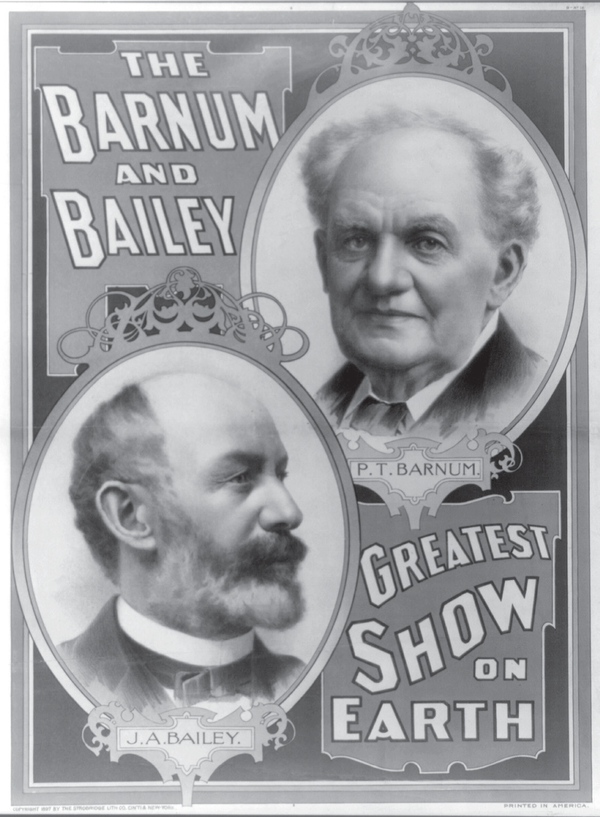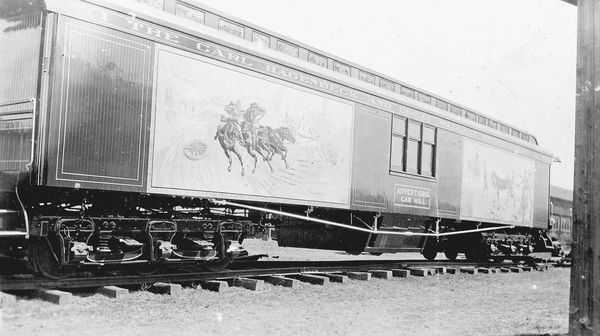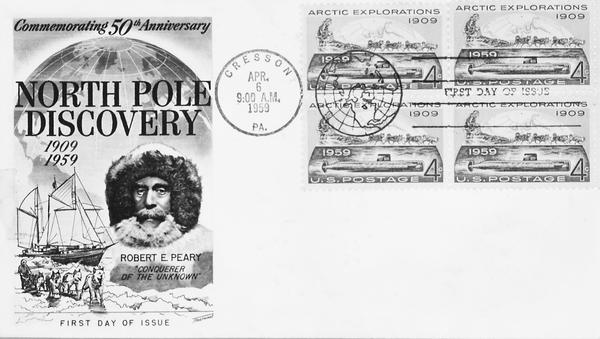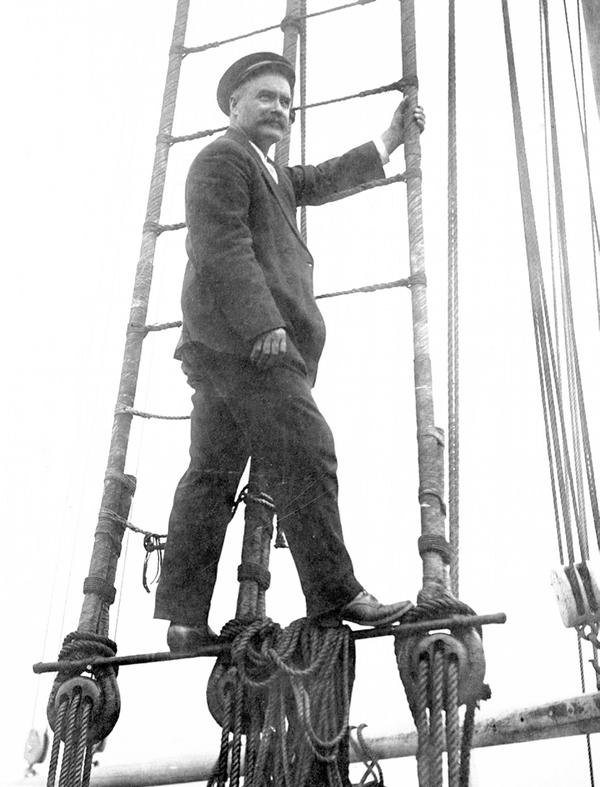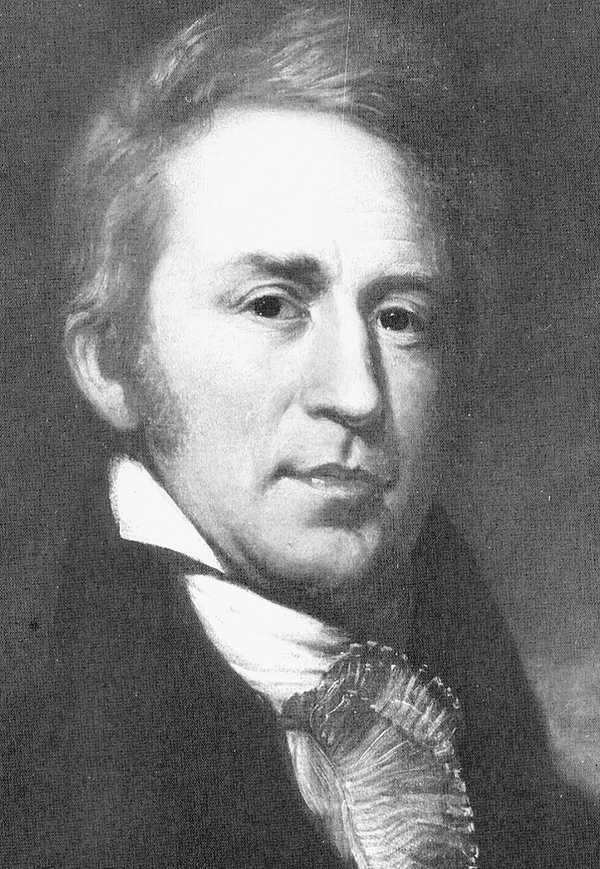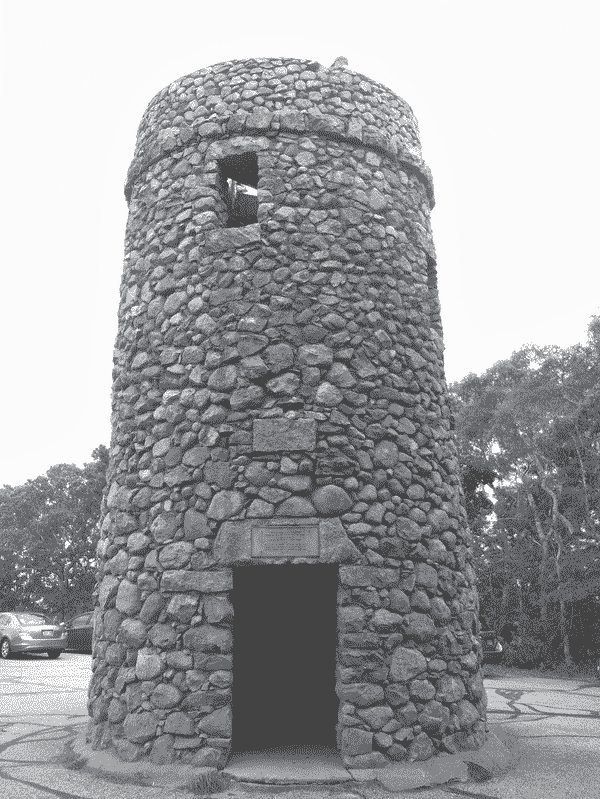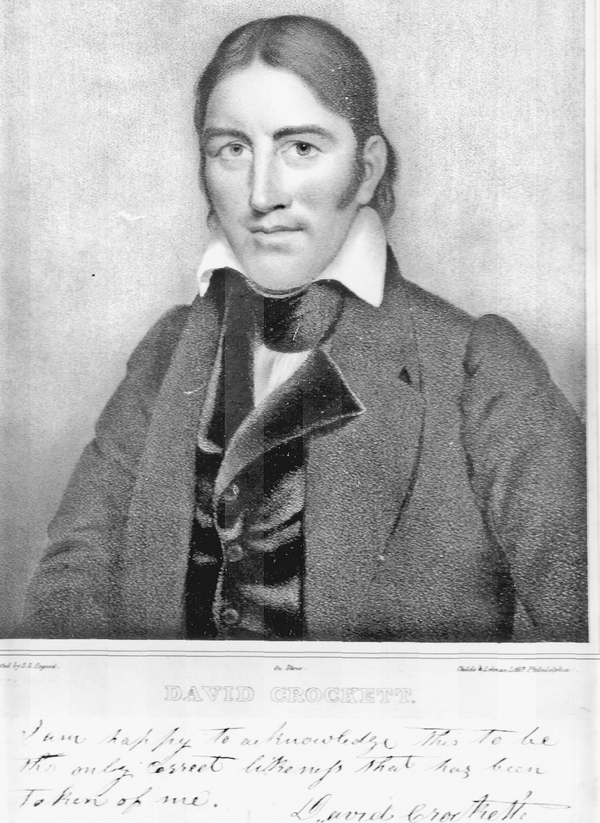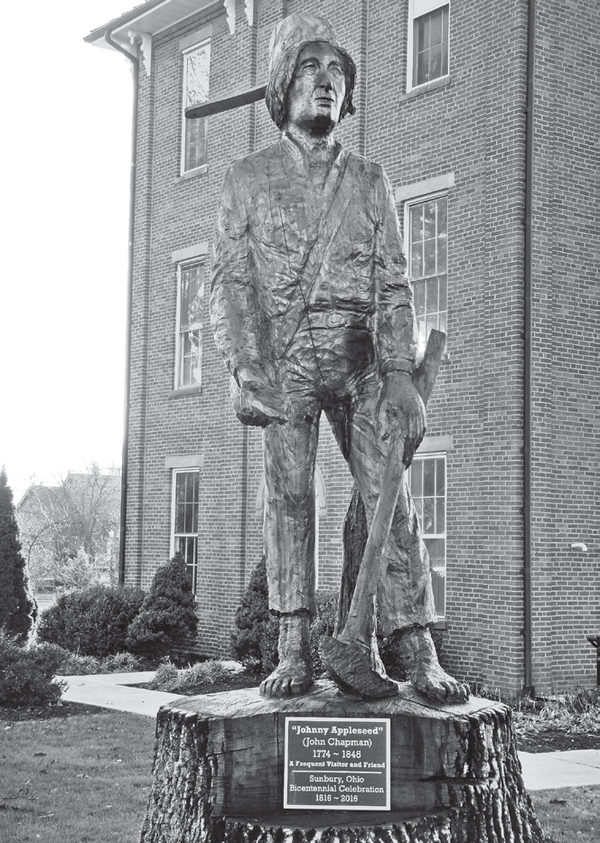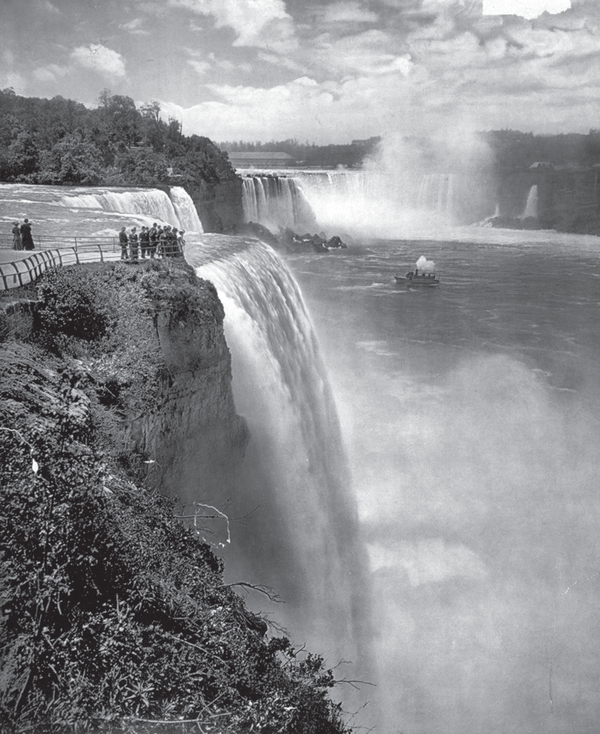The Kentucky Derby is more than just a distinguished horse race. The Kentucky Derby has been held in the United States since 1875, but its origins date back much further. Unlike most famous sporting events, it has been performed every year, virtually unmoved by large scale historical events like the Great Depressions or the World Wars. As a symbol of American culture, the Kentucky Derby has engrained itself in the lives of fans everywhere. Here, we’re delving into the history of the Kentucky Derby.
How the Derby Arrived in America
In 1872, Meriwether Lewis Clark, grandson of the famed William Clark of the Lewis and Clark expedition, visited England and attended the Epson Derby. The Epsom Derby had been around since 1780, and was a well-respected race throughout several European countries. Clark was deeply influenced by the race. Upon returning to the United States, he set out to create one of similar stature on American soil. He was granted the needed land to build a racetrack by his uncles John and Henry Churchill. This stretch of land in Louisville, Kentucky became the first permanent competitive horse racetrack in the United States. A group of dedicated race fans crafted the name Louisville Jockey Club, and it stuck. In May of 1875, the Louisville Jockey Club opened for the first ever Kentucky Derby.
The first race was composed of 15 horses and saw a crowd of 10,000 spectators. The winner, Aristides, crossed the finish line after racing 1.5 miles. It was an unexpected, but exciting turnout for the first Derby. The race is often also referred to as “The Run for the Roses,” because of the blanket of roses that is draped over the winner at the finish line. The Derby has also come to be known as “The Most Exciting Two Minutes in Sports” or sometimes “The Fastest Two Minutes in Sports,” in reference to how long it takes to complete the race.
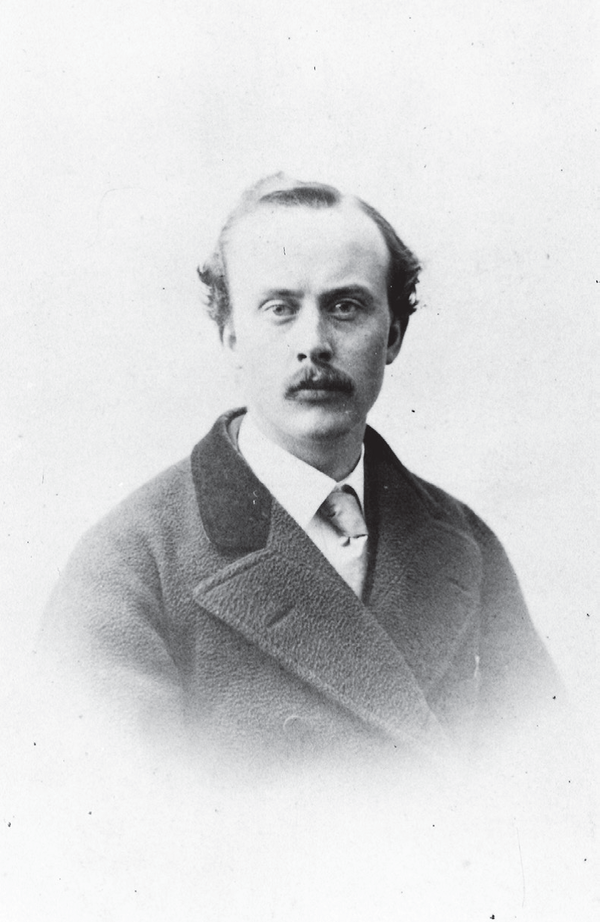
The Kentucky Derby Throughout the Years
To qualify for the Kentucky Derby is no easy accomplishment. There are a series of prep races that take place throughout the year leading up to the Derby. The top four finishers from each of those races receives a set amount of points. Of those finishers, the 20 with the most points qualify for the Derby.
During the race’s early years, African American riders largely dominated the scene. However, during the early 20th century, prejudice against these riders meant the jockeys all but vacated the sport. The last African American jockey to win a Kentucky Derby was Jimmy Winkfield in 1901 and 1902. Another profound change came in the late 1800s, when members of the racing community complained that the then-standing 1.5-mile race course was too long. The track was shortened to 1.25 miles, which is where it has remained.
The first radio coverage of the Kentucky Derby took place in 1925. It was followed by the first televised appearance in 1949 in Kentucky, and in 1952 it was televised nationwide. Every year since, the Derby has been televised for fans far and wide. In 1954, the purse, or how much money is divided between the top five finishers, surpassed $100,000. Today, that number reaches three million dollars.

Like most beloved sporting events, the Kentucky Derby has its fair share of traditions. The favorite drink of attendees is the mint julep – a drink composed of bourbon, mint, and sugar syrup. Burgoo, a stew of beef, chicken, pork, and vegetables, is a popular meal. There are two seating areas for attendees to choose from. The infield is general admission, but due to the jumbotron installed in 2014, little of the race can be seen from these seats. “Millionaire’s Row” refers to the costly box seats that are usually reserved for the wealthy and well-connected. Women here often wear the same lavish floppy hats that were worn when the Derby was in its earliest years. And every year, the University of Louisville Cardinal Marching Band plays My Old Kentucky Home written by Stephen Foster. The song has been played at the race since 1921 and it’s a favorite of spectators.
Since its founding in 1875, the Kentucky Derby has become the biggest professional horse race in the world. Each year, millions of people tune in to watch for their favored racer. In 2017, 158,070 watched the race. TwinSpires, a betting platform for the race, announced that $32.8 million was handled in bets during the 2018 race.
The Derby’s Famous Racers
Every year the Triple Crown is the most sought after of victories. It consists of three consecutive races for three-year-old thoroughbred horses, and is considered one of the greatest accomplishments in the horse racing world. To win, the horse must win the Kentucky Derby, win the Preakness Stakes two weeks later, and finally win the Belmont Stakes three weeks after that. It’s a grueling challenge, and few in the history of horse racing have made Triple Crown history. Thirteen horses have won the Triple Crown: Sir Barton (1919), Gallant Fox (1930), Omaha (1935), War Admiral (1937), Whirlaway (1941), Count Fleet (1943), Assault (1946), Citation (1948), Secretariat (1973), Seattle Slew (1977), Affirmed (1978), American Pharoah (2015), and Justify (2018).
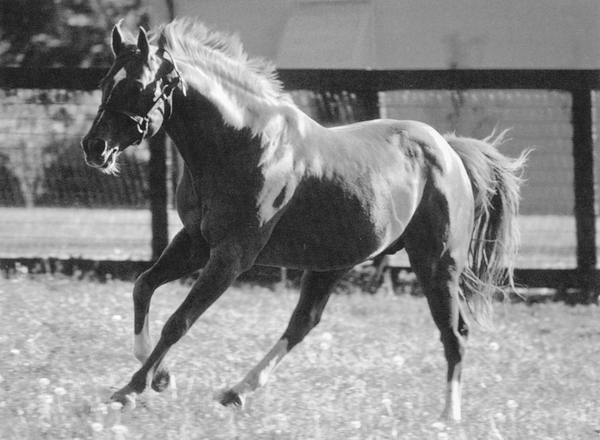
Even those largely foreign to the Kentucky Derby race will recognize the name of Secretariat. Widely considered to be the greatest racehorse in history, Secretariat broke many records in his 16-month racing career. He won all but one of his 21 lifetime races, and was one of the first horses to beat the 2-minute mark, winning the Derby. Due to his large size and reddish-brown color, Secretariat became known as “Big Red.” The year that Secretariat took the Triple Crown, he set two world records. During the Belmont Stakes, he completed the one-and-a-half-mile race in 2:24 seconds, and beat the second places finisher by 31 lengths.
In 2015, a racehorse named American Pharoah won the Triple Crown. He was the first horse to win the title after a 37-year draught. During the Belmont Stakes, his time was the second fastest in history, coming in behind that of Secretariat. American Pharoah was beloved by racing fans. They rejoiced when he won the 2015 Triple Crown. He was even featured on the cover of Sports Illustrated and pictured in Vogue.
For the 2019 race, 20 horses will step up to the gates with their jockeys after countless months of training. Each bears the same goal: to win the prized Triple Crown and make Kentucky Derby history. Since the first race in 1875, the Kentucky Derby has never missed a year, and shows no signs of slowing down. Encapsulating classic southern culture in its traditional food, drink, and clothing, the Kentucky Derby is a hallmark of American history.

